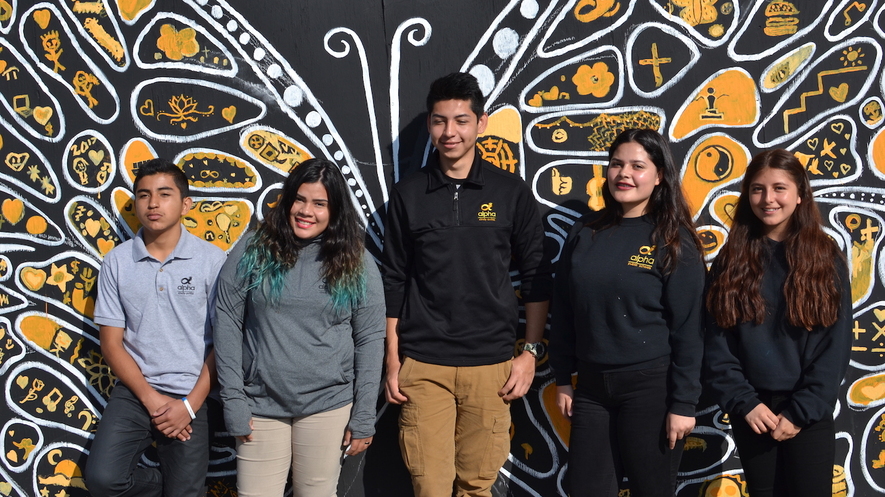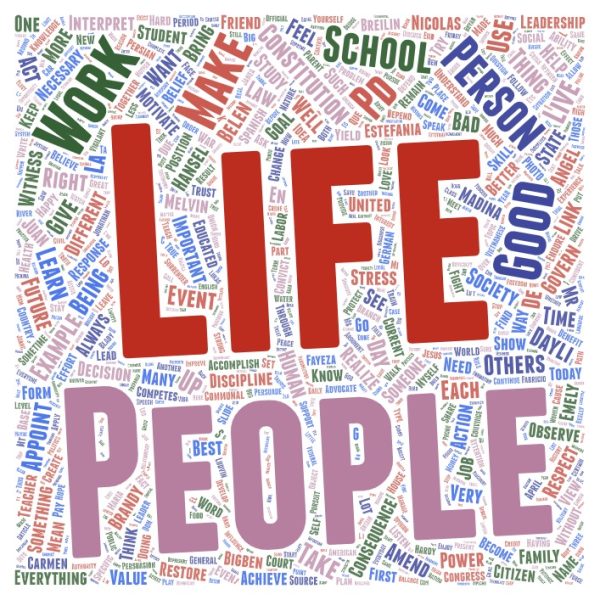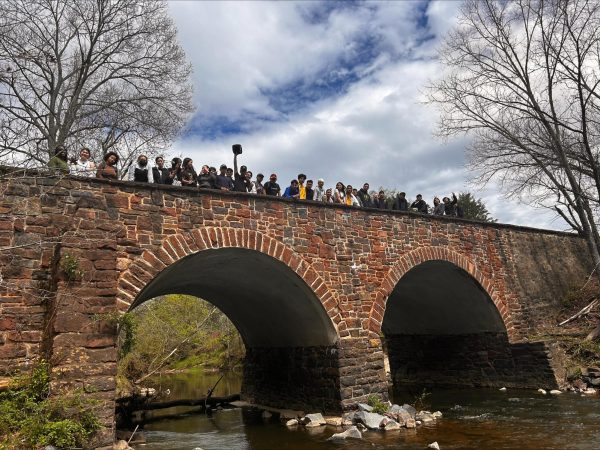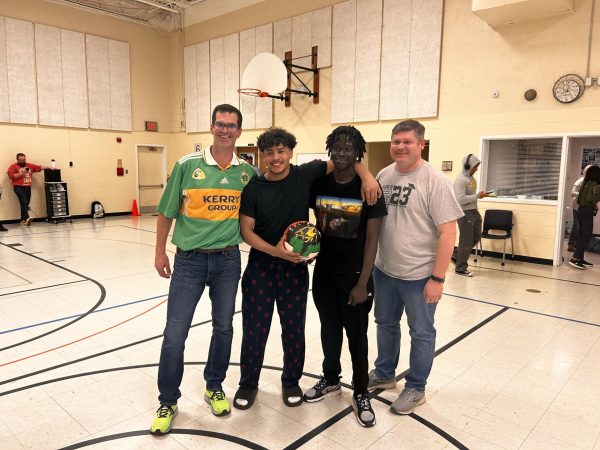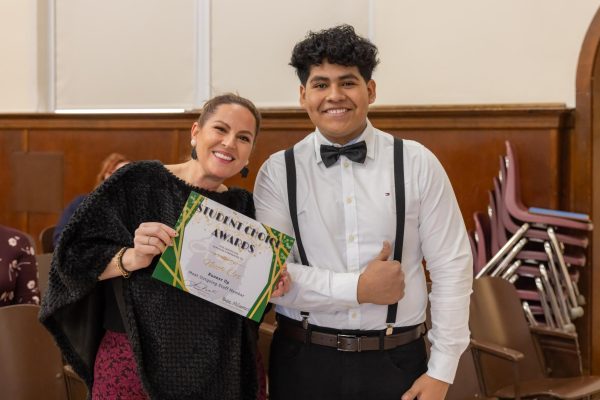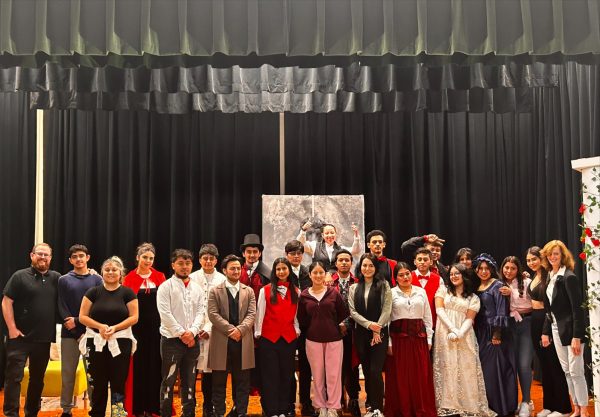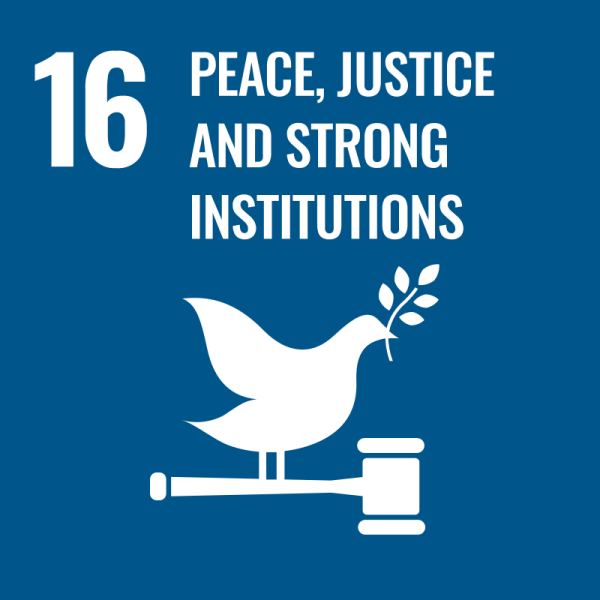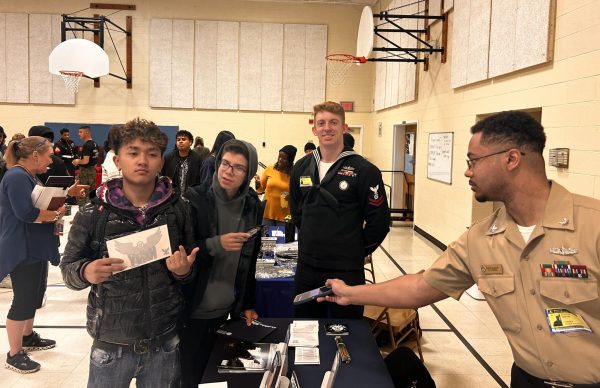Hispanic Heritage in America; History, Culture and Politics
National Hispanic Heritage month was from September 15th to October 15th. During that time we also celebrate Indigenous People’s Day which was once known as Columbus Day. In 1492 Christopher Columbus was an Italian navigator who was given 3 ships to sail for the King and Queen of Spain. He sailed the ships to America and the islands of the Bahamas as well as the Caribbean Sea. The Spanish King and Queen of Spain claimed American Territory in 1492 as they began to build the Spanish Empire in America. Indigenous peoples are people who are native to a land. Many Indigenous people in America died from European disease such as smallpox in the years that followed Columbus’ Spanish voyages.

Who is Hispanic? Hispanic people are people who speak Spanish as their first language. Some may view Hispanic as a way to describe people from Latin America but more commonly the term Latino or Latina is used.
:max_bytes(150000):strip_icc()/GettyImages-6131063221-d147e8284f654e5bb792495133ffecf4.jpg)
America has been a place of Hispanic heritage for over 500 years. The English and French came to North America 400 years ago but Spanish culture has remained in Central and South America.
Who is Latino? Latino people are from Latin American countries. Latino comes from the word Latin. Spanish, French and Italian are all languages based on Latin vocabulary.
Many students at our school are from Latin America but not all Spanish Speakers are Latino. Below are some examples of student perspectives.
I am from Guatemala, I am Hispanic and Latina. I speak Spanish and I am learning English. My father is working here and my mother lives in Guatemala. My friend Adolfo was born in Spain (Europe) He is not Latino because he speaks Castilian Spanish.
I am from Honduras. My father and my mother are still in Honduras in Santa Barbara. My father is not working now because he is sick. My mother is taking care of my father. I am in the United States to have the opportunity of a good education. I hope to support my mother and father. The Latino culture is hard working but they also know how to celebrate family.
American Hispanic Culture
The tradition that we have as a family is that on the first of November we go to the cemetery to visit our relatives who have died, we fix their grave and leave food. This is a strong tradition in Mexico and Guatemala. There is a meal that carries all kinds of sausages and vegetables, for example ham, sausage, carrot, corn, etc. that is called Fiambre.
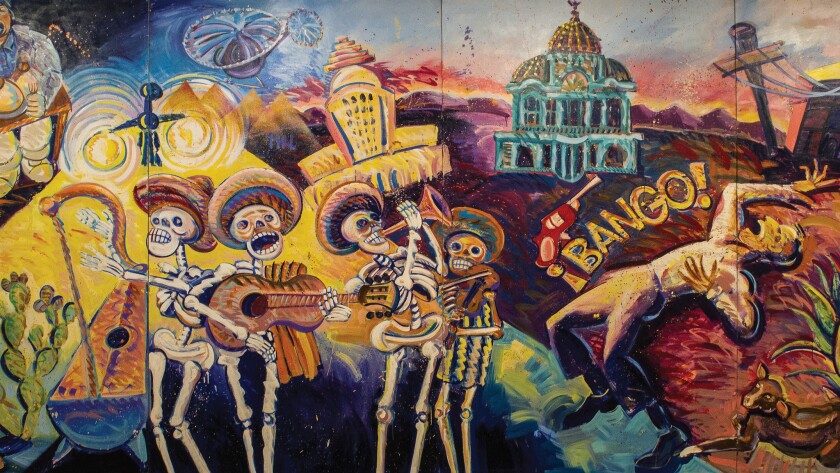
Another tradition is that on December 31st at eleven o’clock the whole family gets together, we turn off the lights and light a candle and say the goals we have for next year.

In my country, Honduras, we celebrate Independence Day in September at school. I remember when I went to my high school the teachers assigned at all of my friends something and someone go at the stage because he had to sing. We march with the flag in our hands in the streets and we sing the national anthem. We celebrate Independence from Spain in 1821. Honduran Independence Day is called the Quince because it is celebrated by school children in the streets every September 15th.
The Latino Vote Today
Many people say that it is the Latino vote in America that will decide the 2020 Presidential election. Most Latinos care about family values, health care and the economy as important issues. Many are upset at President’s Trump’s policy toward immigrants by building the wall, separating children at the border and ending the Dreamer Act for education. Some Latino voters support President Trump because he says he is pro life and pro religion and they think he is good for the economy.
A record 32 million Hispanics are projected to be eligible to vote in 2020, making up 13% of all U.S. eligible voters and exceeding for the first time the number of Black eligible voters in a presidential election. Over 36% of Latinos living in the United States are under the age of 18. Individuals of Latin American origin comprise over 14% of the population of the United States.
https://education.byu.edu/diversity/culture/hispanicamerican.html
